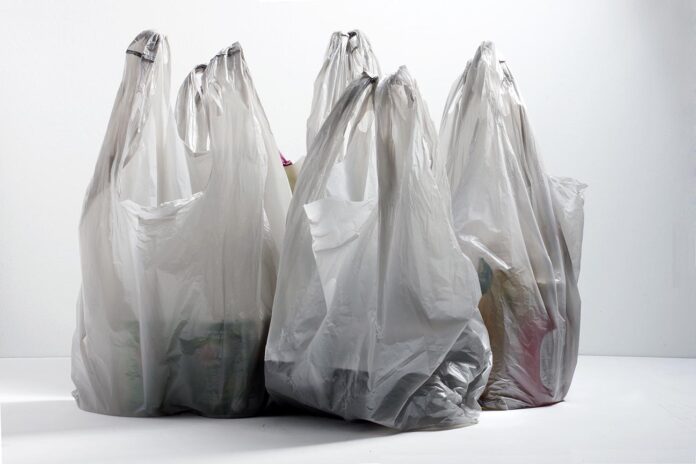It is truly mind boggling when you think about just how much of our world is made out of plastic. Take a look around wherever you are reading this, something or the other is definitely plastic. Whether it is the cup you are drinking from, the toilet seat you are sitting on, the case protecting your phone (because print is dead and you are most probably reading a digital copy) or just the bottles that contain your shampoo or soft drink or God knows what else.
And to think, if someone from early in the last century were to show up, they would not recognise so much of what we have surrounding us. Plastic was first discovered in some capacity in the 17th century, and again made appearances during the industrial age. But it was only after the First World War that improvements in chemical technology led to an explosion in new forms of plastics, with mass production beginning in the 1940s and 1950s. In 2018, the world celebrated the centenary of the end of the Great War, and in the 100 years since, plastic has taken over and may be brimming to destroy us.
Let us not kid ourselves. This is a global problem, and one that is pervasive in Pakistan. According to the Pakistan Plastic Manufacturers Association (PPMA), there are nearly 8,000 industries and units that make products related to plastic.The largest among this group of manufacturers are those that produce polyethylene bags. In the past five years, these manufacturers have been the object of the Government of Punjab’s attempts to deal with plastic waste and pollution. The only problem is that the government’s strategies have been all over the place, and implementation, as always, has remained a key struggle. The content in this publication is expensive to produce. But unlike other journalistic outfits, business publications have to cover the very organizations that directly give them advertisements. Hence, this large source of revenue, which is the lifeblood of other media houses, is severely compromised on account of Profit’s no-compromise policy when it comes to our reporting. No wonder, Profit has lost multiple ad deals, worth tens of millions of rupees, due to stories that held big businesses to account. Hence, for our work to continue unfettered, it must be supported by discerning readers who know the value of quality business journalism, not just for the economy but for the society as a whole.To read the full article, subscribe and support independent business journalism in Pakistan










once again Abdullah the Pro Theif 804 will target Punjab only